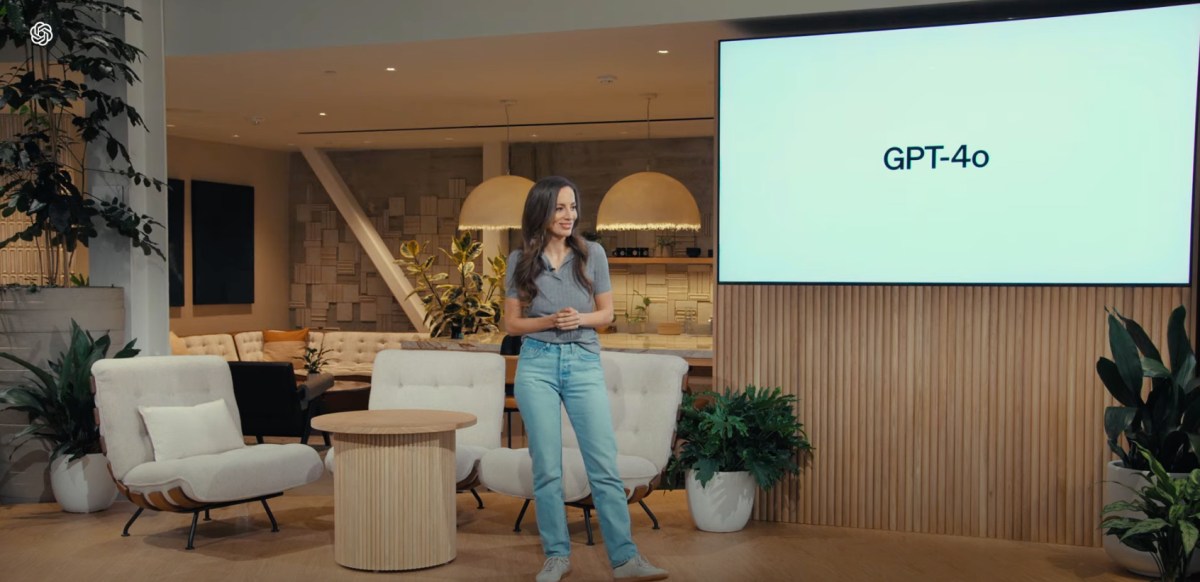New OpenAI Model GPT-4o Unveiled at Spring Updates Event
During the Spring Updates event held today, OpenAI’s chief technology officer, Mira Murati, introduced the latest foundation model, GPT-4o, which is now accessible to all free users. In addition to this, a ChatGPT desktop application has been launched, enabling users to access the model outside of web and mobile applications.
Murati highlighted the versatility of GPT-4o, stating that it can reason across voice, text, and vision seamlessly. One of the notable features of the new model is its real-time response capability, including the detection of emotions and the ability to adjust its voice to convey different emotional tones, akin to the functionality offered by the startup Hume.
Furthermore, developers can now leverage GPT-4o through OpenAI’s application programming interface (API) at a significantly faster speed and half the cost of the previous GPT-4 Turbo model, as confirmed by OpenAI’s co-founder and CEO, Sam Altman, in his posts on X during the event.
Murati shared that ChatGPT has already garnered over 100 million users, with more than one million custom GPT variants curated by users available in the GPT Store. Additionally, OpenAI researcher William Fedus verified that the enigmatic “gpt2-chatbot” observed by users in the LMSys arena online was, in fact, GPT-4o in disguise.
GPT-4o is our new state-of-the-art frontier model. We’ve been testing a version on the LMSys arena as im-also-a-good-gpt2-chatbot ?. Here’s how it’s been doing. pic.twitter.com/xEE2bYQbRk— William Fedus (@LiamFedus) May 13, 2024
Exciting Developments in AI Technology
The introduction of GPT-4o signifies a significant leap forward in AI capabilities, with its enhanced features and accessibility broadening the scope of applications for users. The real-time response capabilities, emotion detection, and voice modulation capabilities set a new benchmark in natural language processing technology. With OpenAI’s commitment to making this model available to developers at a faster pace and lower cost, the potential for transformative AI applications across industries is vast.
Image/Photo credit: source url





